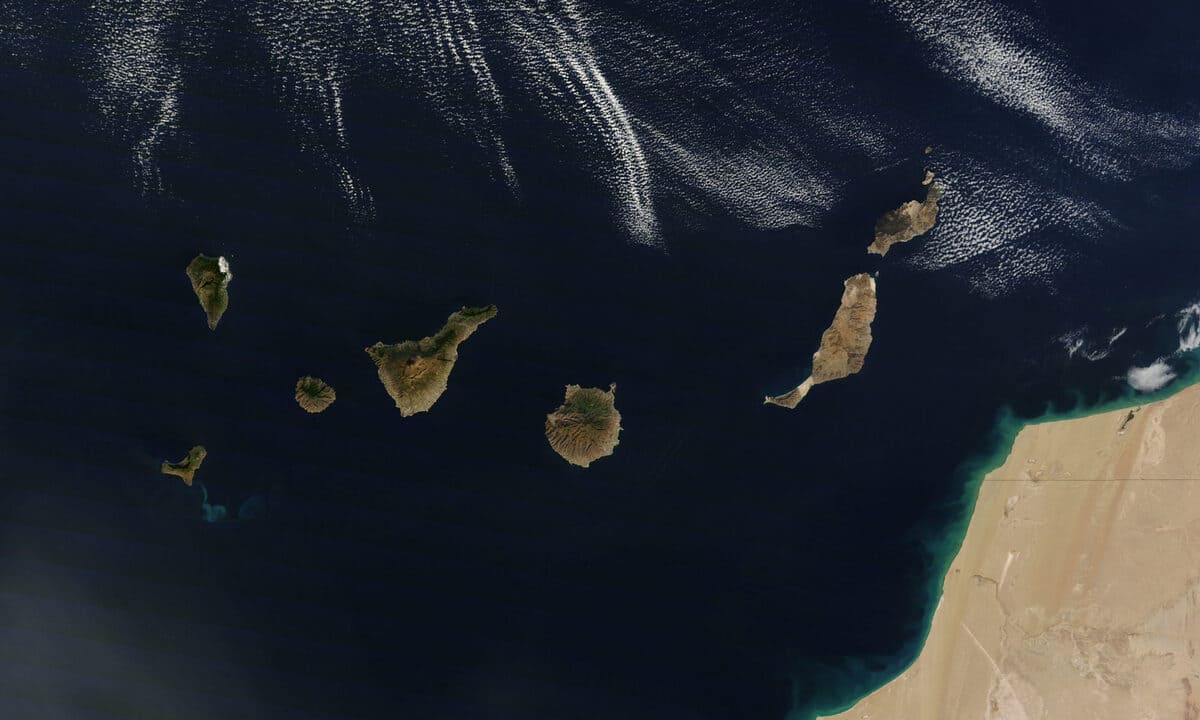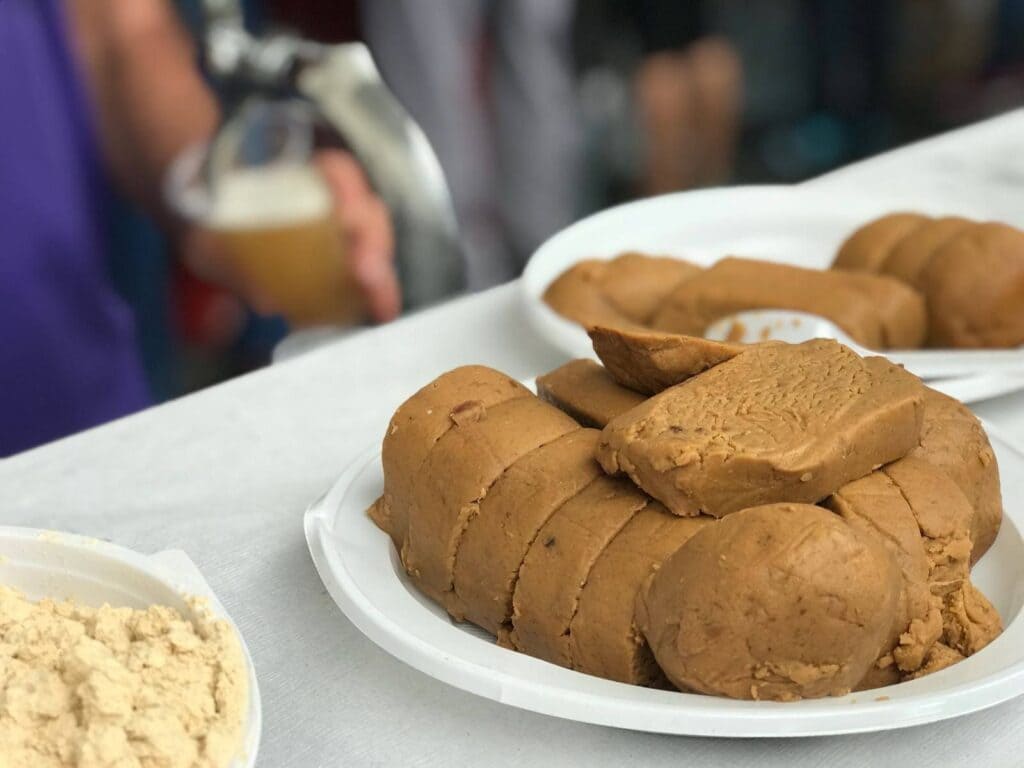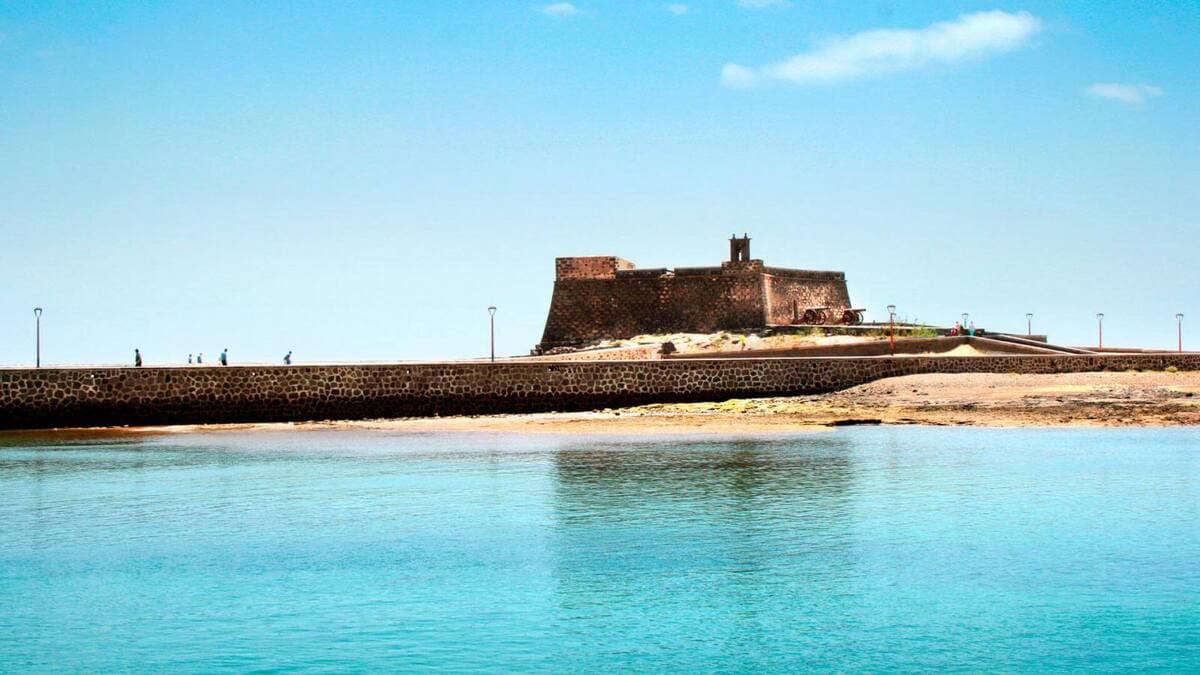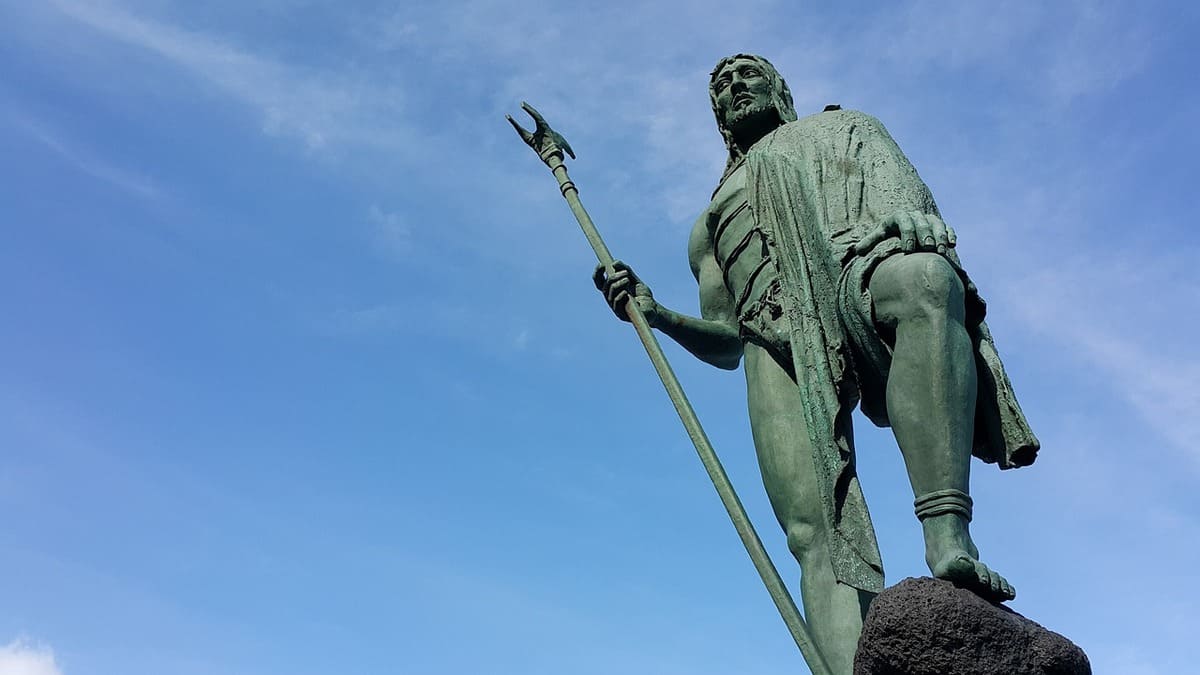Lovers of good bread, of bread made with the best ingredients and the most traditional production techniques, should not call themselves that until they have tasted the pan de puño de Ingenio, a jewel of Canarian gastronomy that, although it bears the name of this Gran Canarian town, is actually made traditionally in other towns in the region as well.
It's true that Ingenio is where it all began. This town in the south-east of Gran Canaria, 20 kilometres from the capital, owes its name to the sugar mill, a device for grinding the sugar cane planted in the municipality, which was built in the 15th century and which enabled the industrialisation of sugar production.
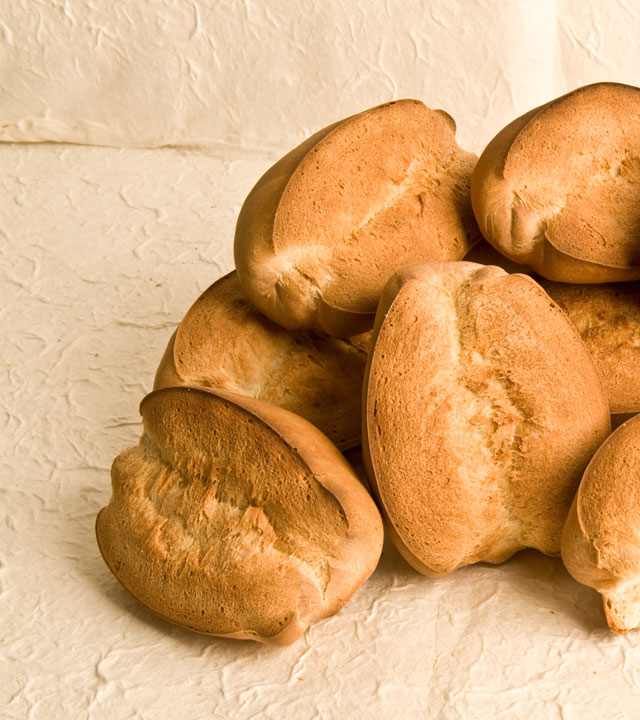
Traditionally, pan de puño was made in a single oven at Ingenio, which was rented by the hour. Thus, for example, from 2 a.m. to 4 a.m., two bakers (most of them women) made their own bread, not many, around fifty each, which they later distributed themselves on donkeys. Each baker was in charge of an area of the region: Las Palmas, El Carrizal, Telde, El Sequero... In the minds of the islanders will remain forever the names of mythical bakers of pan de puño, as María Rosario, Juana, Vicentito, Lina, Florentina, Juana González, Antoñito de la Cuesta, Fernando Artiles and many others.
Pan de puño, an ingenious gastronomic delight where it exists, has only the four basic ingredients: water, salt, yeast and flour. Nothing more and nothing less, all of the best quality. The process begins with the harvesting of the Moorish or buckwheat, characteristic of the Canary Islands. Then comes the milling in the mill (they are trying to recover some flour mills in the area, by the way), to get the best flour. The baker will create the sourdough, the main base of the bread, which takes about 24 hours to ferment and after that time the yeast will be added, which is traditional in all Ingenio bakeries. In winter, more yeast is added because it takes longer to ferment when it is cold. Water is also added with the mixed salt, aguaysal, and together with the flour, it is kneaded with a lot of dedication: between the mother dough, the flour, the water, the salt and the yeast, a compact dough is created in the lebrillo, a large container traditionally made of stone, where the dough is shaped with the fists (hence the name pan de puño).
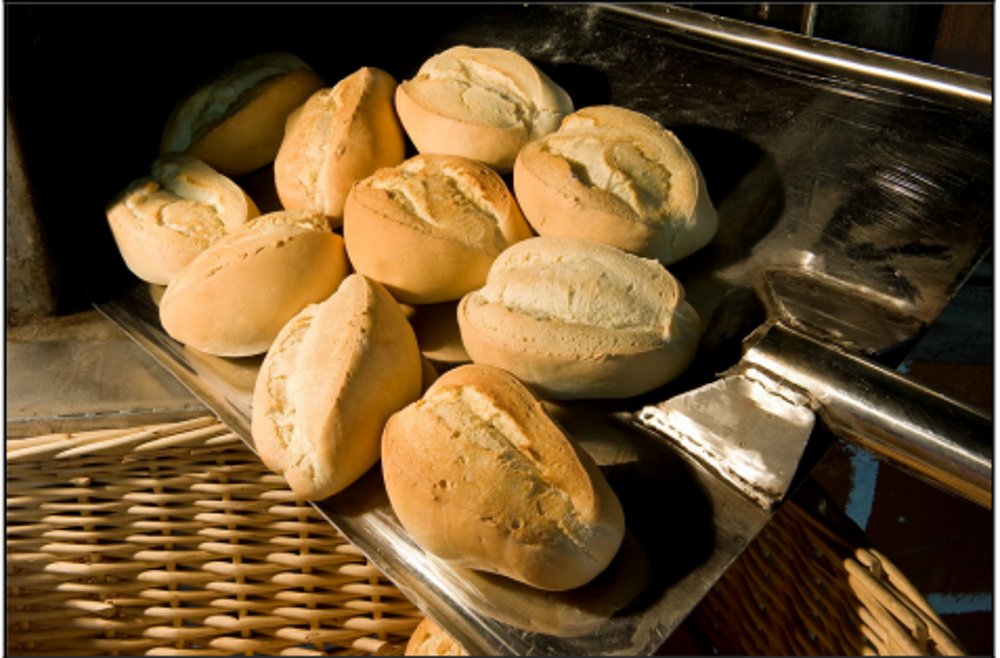
When the perfect dough has been created, a cross is made with the knife, indicating fermentation: the cross will open at twice its size: it will already be perfectly fermented (between one and one and a half hours). With this procedure the combed bread (or normal bread) or the round bread, with more crumbs, are also made. The essence of this bread, apart from the ingredients, lies above all in the patience with which it is kneaded, as it is a bread to which a lot of time must be devoted in its preparation. All that remains is to prepare the wood and the oven.
While the bread is fermenting, the oven is filled with wood from almond or eucalyptus trees (previously it was made with wood from brooms and gorse, wood from typical bushes in the area, of little caloric value, which allowed the oven to burn slowly and to heat evenly, and also with wood from dry tabaiba, a bush of the genus Euphorbia very typical of the island of Gran Canaria). It is then burnt for about an hour until it reaches the optimum temperature, indicated by the colour of the walls of the oven itself. The embers are removed, the surface is cleaned and the bread is placed in it. Between fourteen and fifteen minutes for the first baking, sixteen for the second and seventeen for the third (usually three are made), with which we will have a wonderful fist bread to enjoy with anything and in any way.
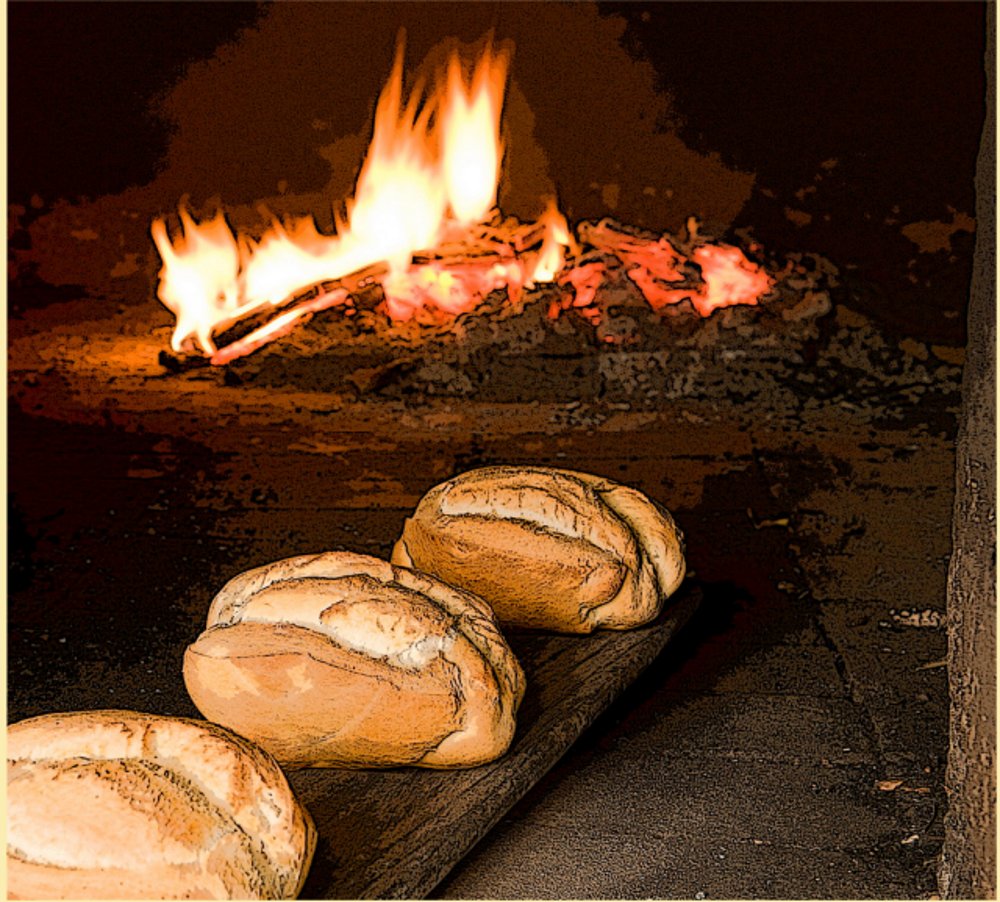
There are currently four artisan bakeries where the pan de puño is made: the artisan bakery Lina-Amaro, in El Sequero, Fernando Artiles, Paco del Florentina, and the bakery in Los Sosa. The four bakeries registered the Ingenio Bread by Hand brand a few years ago. A traditional and natural bread, always healthy, free of additives, and with the hope of recovering the traditional seeds with which this authentic Canarian gastronomic marvel was made. Because thanks to the work of authentic enthusiasts, it has been possible to preserve the original seeds with which the flours used ancestrally for pan de puño were made. José Guedes, a local farmer, has recovered and tries to multiply the seeds every season: he harvests them and keeps them. In particular, the seeds of two wheat varieties, the arisnegro (Moorish) and the valvanegra (to enhance the arisnegro, which gives flavour and colour to the bread), highly appreciated flours, very noble to work with.
More and more people want to try this delicacy. That's why the new generations are signing up to learn how to make pan de puño in catering schools, bread workshops and gastronomic clubs, a bread considered to be among the ten best in Spain in recent years. Long life to the Ingenio fist bread.
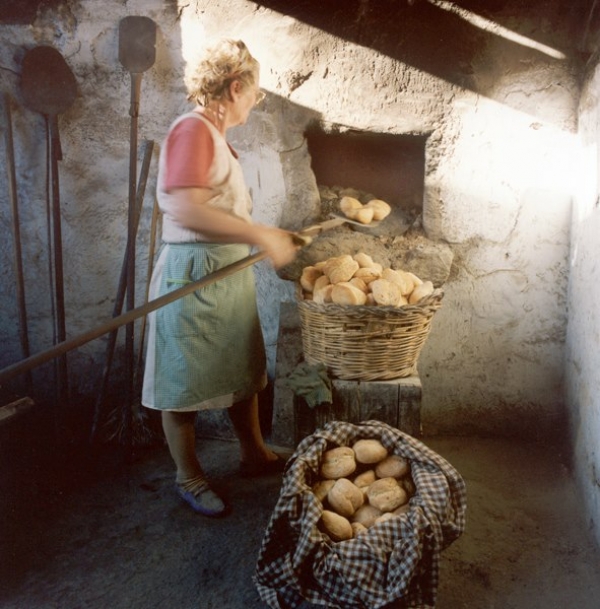
Photos: Government of the Canary Islands, ingenio-doramas.com, Ingenio Town Hall.
